The purpose of this page is to:
- Teach the Types of Vertebrae Fractures
- detail Broken Back Symptoms
- Reveal the Causes of a Broken Back
The broken back attorneys at Hamilton & Associates have specialized skills and experience in handling cases involving spine fractures. Cases involving a broken back or broken neck are different than other types of bone break cases. Namely, it is not unusual for the wear and tear of age or malnutrition to cause spine breaks. Other than the hip break, broken backs present unique medical and legal issues. Therefore, it is up to your Broken Back Lawyer to establish that the break was 100% caused by the accident and not by other factors by using his expertise in litigation and past experience.
Spine fractures are also different than other bone break cases because the injuries are more serious (can lead to paralysis or death) and have more tricky money damage claims. It is necessary in a broken spine case to look to the future by speaking with the victim’s physicians and experts, and determine the damages over a lifetime. Spine fractures can start small and cause no issues; however, they can end up very disabling.
Types of Spine Fractures
Broken spines occur in the following areas:
- Neck = Cervical spine
- Mid back = Thoracic spine
- Lower back = Lumbar spine
A Broken Neck
The cervical spine consists of seven neck bones. Cervical neck breaks comprise 20% of spine fractures. There are two main types of broken necks. The first is the very uppermost vertebra known as the C1. The two types of C1 fractures are the “Jefferson” break and the “Atlas” break. These are distinguished as follows:
- The “Jefferson” Neck Break The Jefferson Fracture is named after Sir Geoffrey Jefferson who was a physician doing work on neck breaks as soon as 1920. A Jefferson fracture is the most common type of broken neck. It is a fracture of the front portion (anterior) of the C1 vertebra. It can also be a break of the back (posterior) arches of your uppermost spine.Jefferson C1 neck breaks are typically caused by the following accidents.
- Children playing
- Diving (“teardrop” fracture)
- Motor vehicle accident where the head hits the roof
- Severe rotation of the head
- Falling down stairs
There are three types of Jefferson fractures. They are known as:
- Lateral mass
- Lamina fracture
- Burst Jefferson fracture
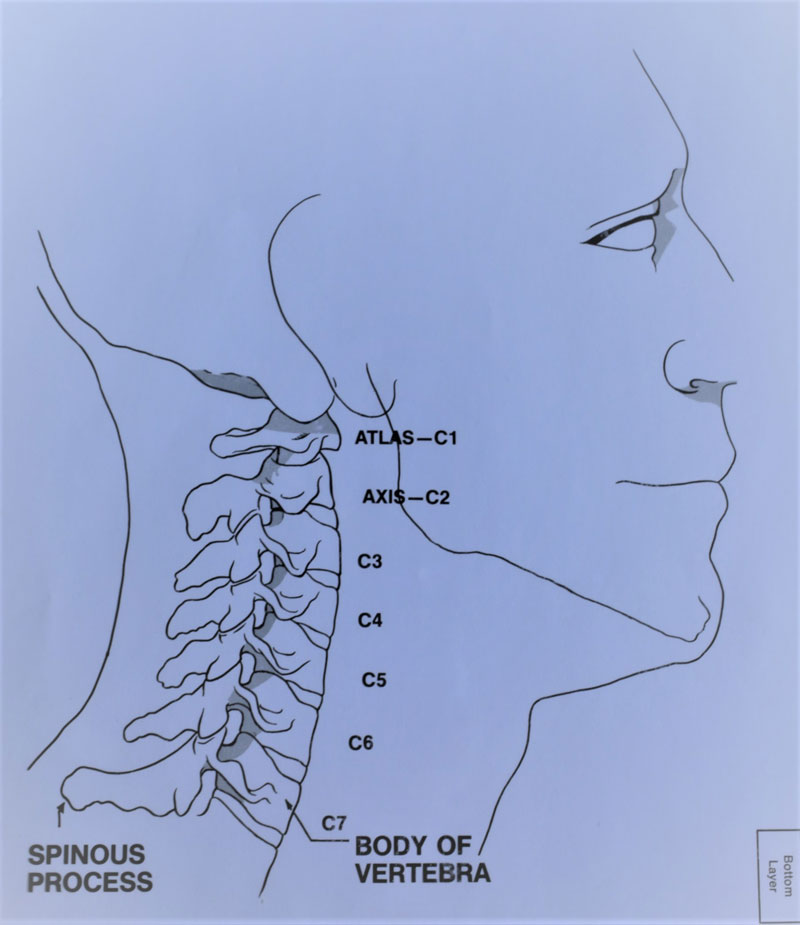
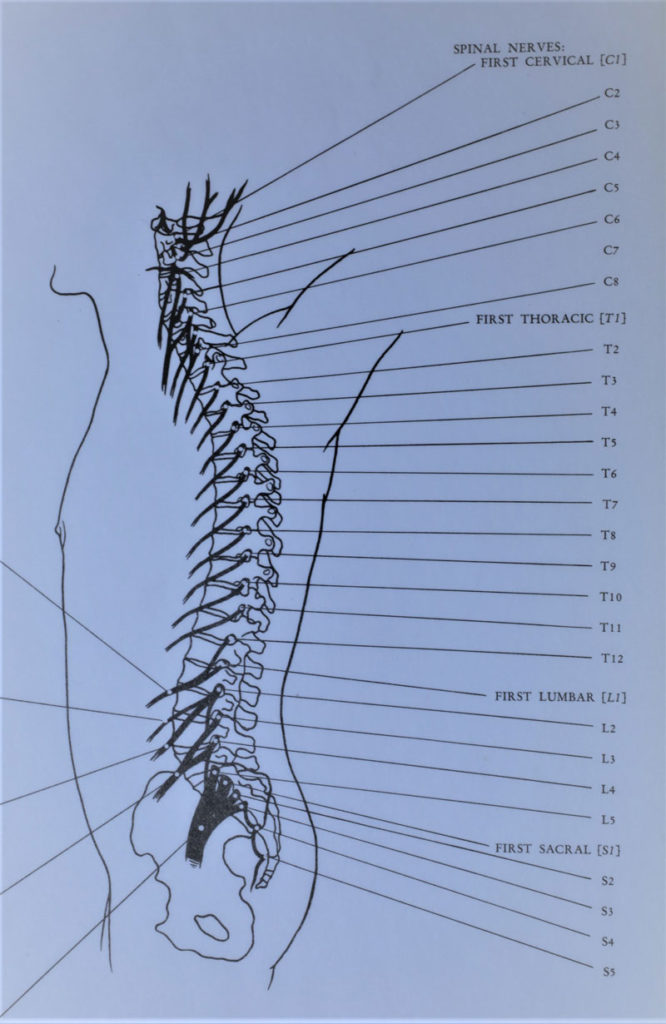
- The “Atlas” Neck Break The second type of C1 top neck break is known as the Atlas fracture. This is a bursting break of the C1 vertebra. It is known as an “Atlas” fracture because this is the part of the spine that most directly supports the head; much like the mythical hero Atlas supported the world by carrying it.An Atlas fracture is characterized by the spread of bone fragments after the break. This bursting neck break fracture causes the spine to become unstable. There is considerable concern over the protection of the spine nerve because of the bone fragments interfering with them.Atlas neck break fractures are rare. They comprise approximately 25% of C1 neck fractures. An Atlas fracture is only 10% of cervical injuries and only 2% of spine injuries.Atlas burst fractures are deadly. They carry a mortality rate of 16%. Atlas fractures are extremely serious even when death does not result. This neck break can cause the complete loss of the spine below the C1 area. This can cause complete paralysis. Atlas fractures are most commonly caused by:
- Diving into a pool
- The head hitting the roof of a vehicle in an auto accident
The diagnosis of an Atlas fracture has been developed by the American National Emergency X-ray Radiographic Utilization Study (NEXUS). This criteria is important to employ because an Atlas burst fracture can easily be missed on a CT Scan or MRI.
Treatments for a Broken C1 Vertebrae
- Stabilization
- Immobilization
- Miami collar
- Aspen collar
- Philadelphia collar
- Halo device
- Traction
- Surgery with screws
- Surgery with wiring
- Surgery using a transverse bar
- Surgery using the Goel-Harms technique
- Surgery using the Margerl technique
- Spinal Fusion
- Spinal cord Decompression surgery
C1 neck fractures are risky. They are often combined with C2 fractures (33%).

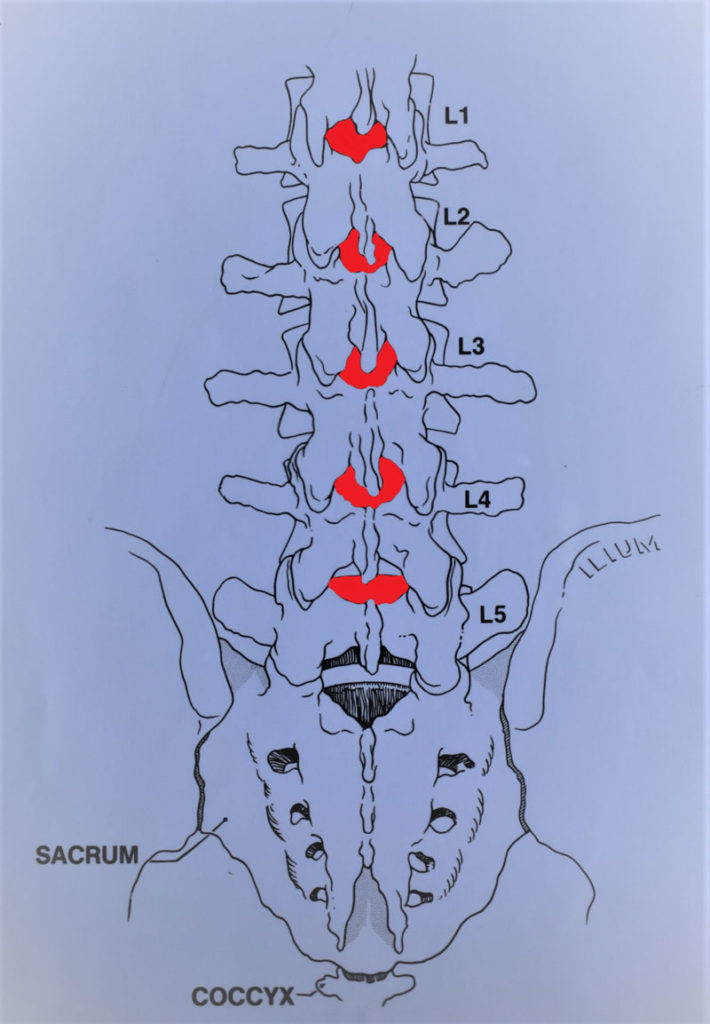
C2 Broken Neck Cervical Fractures: The “Hangman’s” Broken Neck
The second vertebra at the top of your spine is known as the C2 cervical spine. The break of this C2 vertebra is known as a “Hangman’s” break or a “Dens” break. Occasionally, physicians refer to these as “epistorpheus” fractures. Severe force is needed to break the neck at the C2 vertebra.
Causes of C2 Hangman’s vertebrae breaks are:
- Extreme hyper extension of the neck from a forcible impact
- Roll over motor vehicle accident
- Motorcycle accident
- Bicycle/automobile impact
- Pedestrian/auto accident
- Sports injury
Complications of a C2 Hangman’s neck break include comminuted fractures, where the bone is broken into multiple pieces. In addition, spinal cord damage can result in disability or paralysis.
In addition to the previously mentioned diagnosis, X-rays, CT scans, and MRI exams can diagnose a C2 neck break.
Treatment is the same as that listed for a C1 Atlas fracture or Jefferson fracture.
C3 Broken Neck / Vertebrae Fracture
C3 vertebrae fractures are a possibility. These are very rare injuries. However, C3 neck fractures are unusually fatal. This is because they have a tenancy to paralyze the diaphragm causing suffocation.
C3 neck fractures cases are often the subject of a wrongful death action.
Thoracic Spine Fractures: A Broken Mid-Back
The middle of your back is known as your thoracic spine. It is unusual to have a bone break to the mid-back thoracic area. However, these can occur.
Common causes of thoracic spine fractures are as follows:
- Thoracic compression fracture = landing on your buttocks
- Thoracic burst fracture = landing on your feet
- Thoracic flexion-distraction fracture (known as a “chance break”) – They are often paired with motor vehicle accidents where the seat belt causes a mid-back break. They are rare but serious as it leads to back instability.
- Dislocated thoracic fracture = a life threatening bone break associated with paralysis
Treatment of a Thoracic spine break is handled through the Thoracic Lumbar Sacral Orthosis (TLSO). This is an orthotic device that is typically worn twenty four hours per day and seven days per week for several months. Regular x-rays and MRI’s are handled to monitor the healing of the thoracic spine.
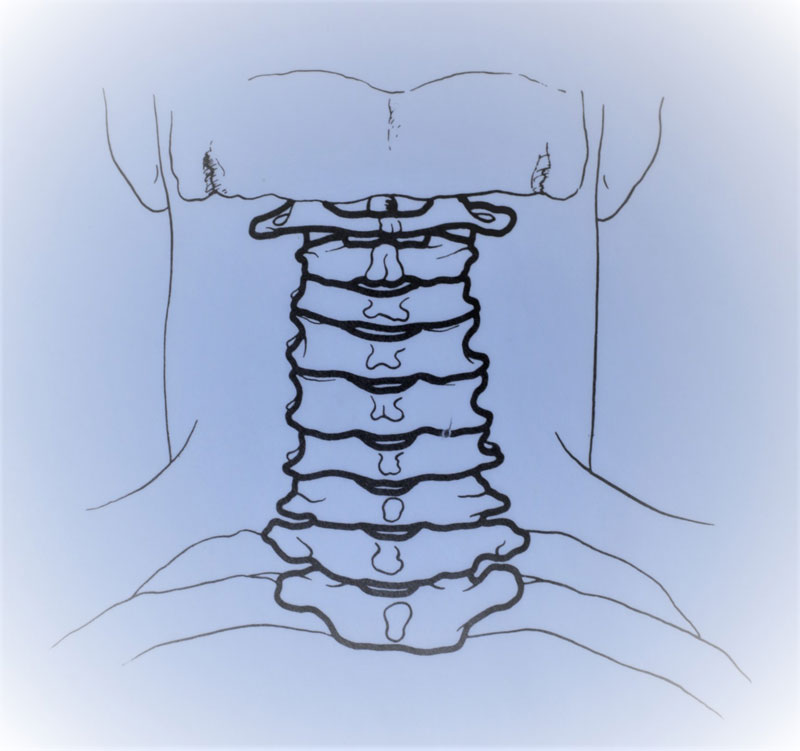
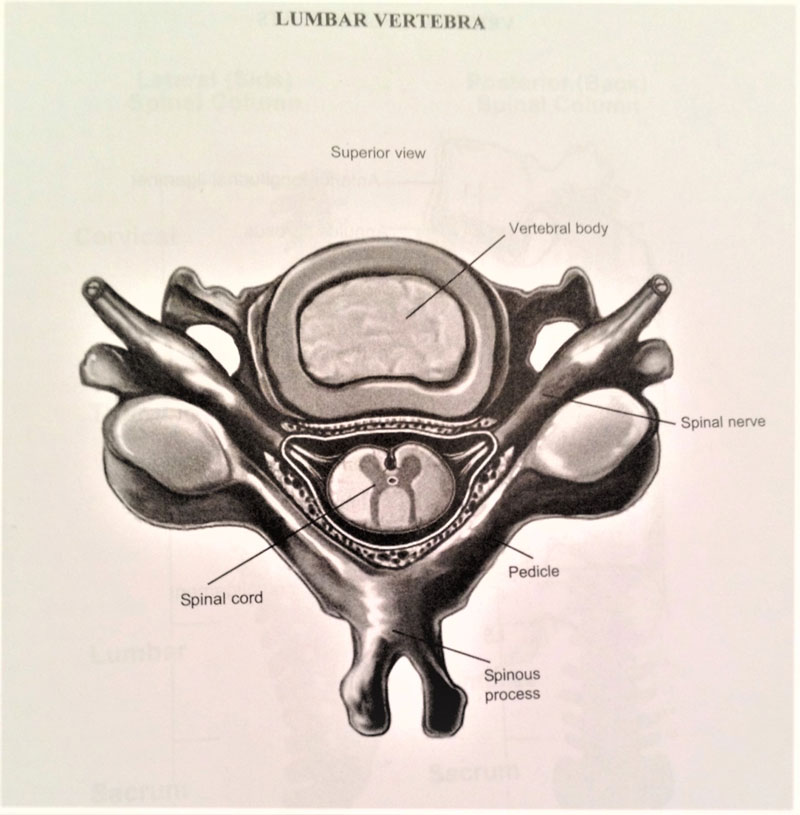
Lumbar Spine Fractures – A Broken Lower Back
Your lower back is comprised of five bones known as vertebrae. These are the largest bones in your spine. These are the strongest bones in your spine as they carry your entire body’s weight. Lumbar spine fractures are unusual from a legal perspective in that they often occur either from trauma which would lead to a case, or from other causes that would not lead to a legal case.
There are two main types of lumbar spine fractures. These broken backs are:
- Burst fractures
- Compression fractures
The burst fracture of the lumbar spine typically shatters into pieces and threatens the surrounding tissue. A compression fracture of the lumbar spine can be characterized by a fall where you land on your buttocks or feet. Motor vehicle auto accidents can also cause a compression fracture of the lumbar spine.
Compression lumbar breaks are life threatening. This is because the spinal cord can become involved. Women are at greater threat of a lumbar spine compression fracture. This is especially true if they estrogen deficiency. Twenty-five (25%) of elderly females will exhibit a compression fracture of their lumbar spine during their lifetime.
The elderly, especially those suffering osteoporosis, also are at risk of compression fractures of the lumbar spine. In the United States, 1.5 million persons per year suffer from compression fractures of the lumbar spine. This has a medical cost exceeding $746,000,000.00 per year.
Lumbar spine fractures can have multiple complications. These include:
- Back pain
- Disability
- Kyphosis of the thoracic spine causing a loss of appetite
- Malnutrition
- Loss of blood flow (pulmonary function)
- Increase likelihood of additional compression fractures
- Loss of height
- Loss of upright stature
- Muscle fatigue
- Deep vein thrombosis
Treatment of a broken lower back can be completed in several ways. See the following:
- Bed rest
- Hyperextension braces
- Pain medication
- Kyphoplasty
- Percutaneous vertebroplasty
- Osseo-fix spinal fracture reduction system (by Alpha Tech Spine)
- Internal bracing
- Interior spine decompression surgery
- Posterior spine decompression surgery
- Surgery placing screws, plates, cages, or rods
The broken bone attorneys at Hamilton & Associates deal with spine fractures regularly. Broken back cases have special legal challenges that are best handled by those with specific experience in this area. Each case will be unique and the challenges will need to be met sooner rather than later. Please call us and we will evaluate and help you with your case.
